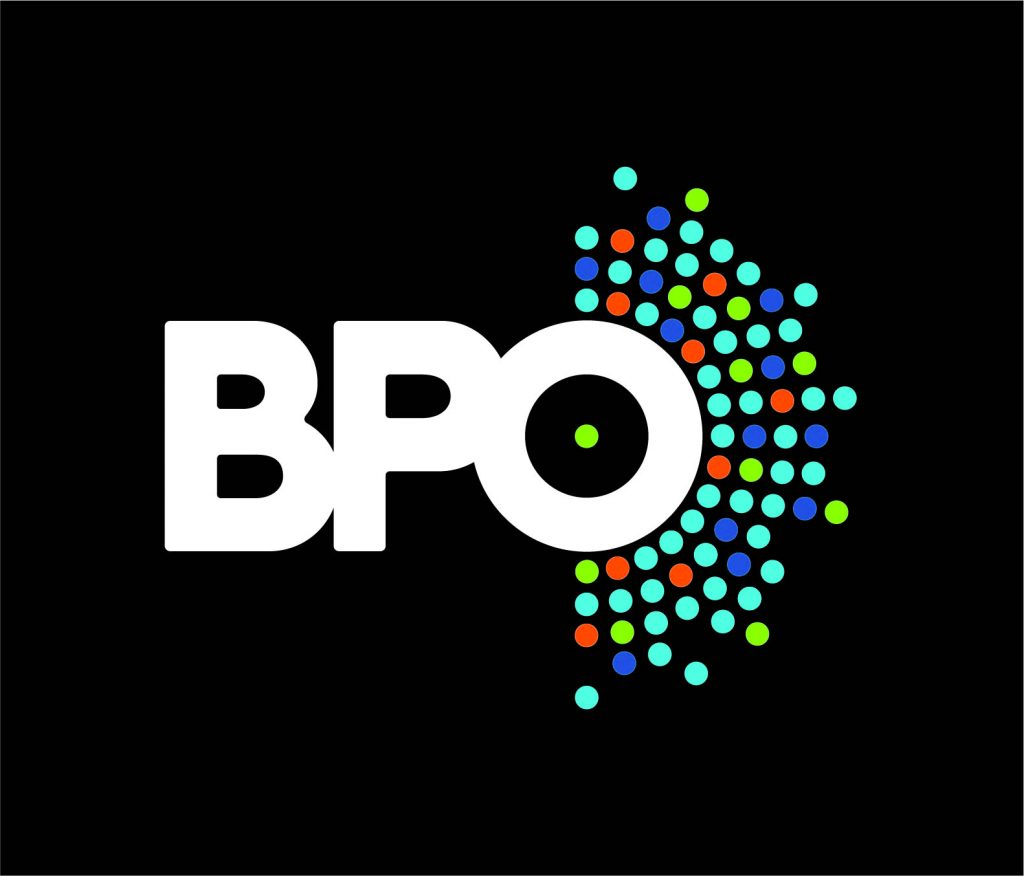
What is BPO? Business Process Outsourcing Means
What is BPO? Business Process Outsourcing means that a third party takes over complete business processes of an organization. These processes do not belong to the core business of an enterprise.
What is BPO? It is not the solution to all problems. It is not a round rock oil. A business process outsourcing means that first must be very clear what tasks it goes and what objectives the company wants to achieve.
BPO has a number of characteristics. So it goes usually to contracts that have a maturity of three to seven years. It makes no sense to outsource some business ‘ for a while ‘. Also the levels of service agreed. When it comes to the outsourcing of payroll you speak how many payslips there are per month that flawless walk out the door; When it comes to the financial administration put to you on paper you must be able to deliver within the time of the monthly reporting.
A third characteristic is concerned whether or not taking over people. The Organization has staff that runs the task which is going to be outsourced. There must or share those people join the insourcer ‘the advantage of this is that a lot of knowledge about the business processes at the service provider end up-or that they get another job inside or outside the organization. The possible aspect that people move on to the outsourcing party, weighs heavily in Many companies.
A fourth point where the outsourcing party should think about is whether his own systems remain the basis of the business process, or that the system of the acquirer is going to do the work.
Sometimes application management specifically are done in the BPO contract. Accenture believes that the mere acquisition of application management is no BPO, because it only comes to the support of business processes and not the complete processes themselves.

IT-Intensive
For any processes than usual? Usually to tasks that they must be labor-intensive. An important reason to outsource, the expected savings in operating costs. Staff is often the highest cost item. An example of such a labor-intensive process is the financial administration.
Also when it comes to high volumes, such as procurement, BPO comes into view. And certainly if the work is repetitive, as with the personnel administration.
Even if an activity is very IT-intensive, such as e-learning, BPO is a valid alternative. That is certainly true of the non-core activities of an enterprise, such as order management and billing.
Here we hit a sore point: (non-) core activities.
A bank will not win a customer, because it’s has beautiful and detailed route statement. That is because a customer expects that from each of the banks. This process you can easily outsource. The same is true for the invoices of a power company. Yet this best confrontational for enterprises, because such processes close to the core of a business and, therefore, business-critical.
How the ‘automotive’ sector, sees that outsourcing there already. Sometimes even assembling a car entirely outsourced. And Philips, for example, makes no more the CD player. But do R&D and of course continue in-house design and pre-engineering of new products.
Objectives
What can an organization achieve with BPO? First of all, lower costs. Parties which take over business processes, have more experience and can therefore work faster and better quality; In addition, there has been a scale size advantage that brings the cost down.
The company is more flexible and does not need her organization in the ‘peak hours’. Also in the case of disposal of a Division, the company need not worry about the consequences for the supporting Department. This concern lies with the service provider.
Perhaps more important is that the company focus on its core tasks. Because the supporting processes to a third party are housed, there is more time for the essential activities of the company.
Incidentally, this is not a simple process. An organization will need to realize what its core tasks. Once that is clear, to identify which activities are eligible for outsourcing. During this process the organization undergoes quite a few changes. Often moves part of the staff to the service provider. Automation systems be consolidated, processes are improved and where possible moved to offshore locations.
This transformation is an end in itself for organizations. Simultaneous transformation and business process outsourcing has advantages over the folder itself. The service provider has more frequently with this type and can thereby speed in the transformation process. Everything is discussed in advance and in a contract, so that there is certainty about the cost and about the quality level of service.
Business transformation and BPO go hand in hand.
You cannot Outsource Policy
There is no tick list for entrepreneurs to make sure that their company is ready for outsourcing of (some) business processes. But there are a few guidelines.
Go well after what must have been the added value of the proposed subcontracting. This is the core of contract discussions with the provider. That is, by the way, to regard more as a partner than a company that sells something remote and further remains. You have to make up the best of it.
In the planning phase, it is important to get clear who is going to do. The largest service providers have developed methods to help in this process.
Preparation for BPO has four phases. The first is the blueprint of the enterprise architecture: This gives direction to aim and scope of the solution; including business architecture, performance, skills, and the desired level of integration.
The second concerns the Act strategy: this is a set of assumptions about the operation of the proposed service. This part of the preparation for the frames must indicate partnerships with third parties, agreements about assets, and knowledge transfer.
The third is the blueprint of service: this describes the service to be provided (the kind and structure) via target performance, basic volumes, operational and technical considerations. Measuring and pricing of the service are also in this list.
Finally, the plan to achieve the value: this describes the business case-how true can be made, and how risks and rewards are shared.
Is clear that policy not to outsource. Processes that have to do with human resources, can be good (even better) be done by a specialized company, but the company must think about a senior citizens, about employing disabled people or immigrants. The ‘ insourcer ‘ may very well take over the procurement process, but the company should decide on the quality of the in to buy products. It is certainly desirable to also discuss with the provider; that can usually help in decision-making.










